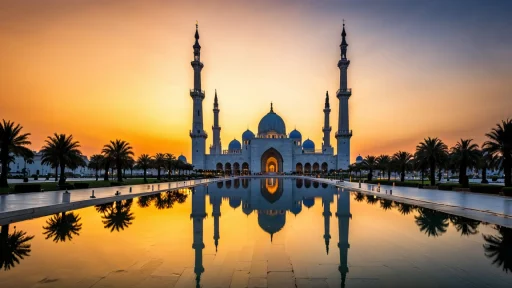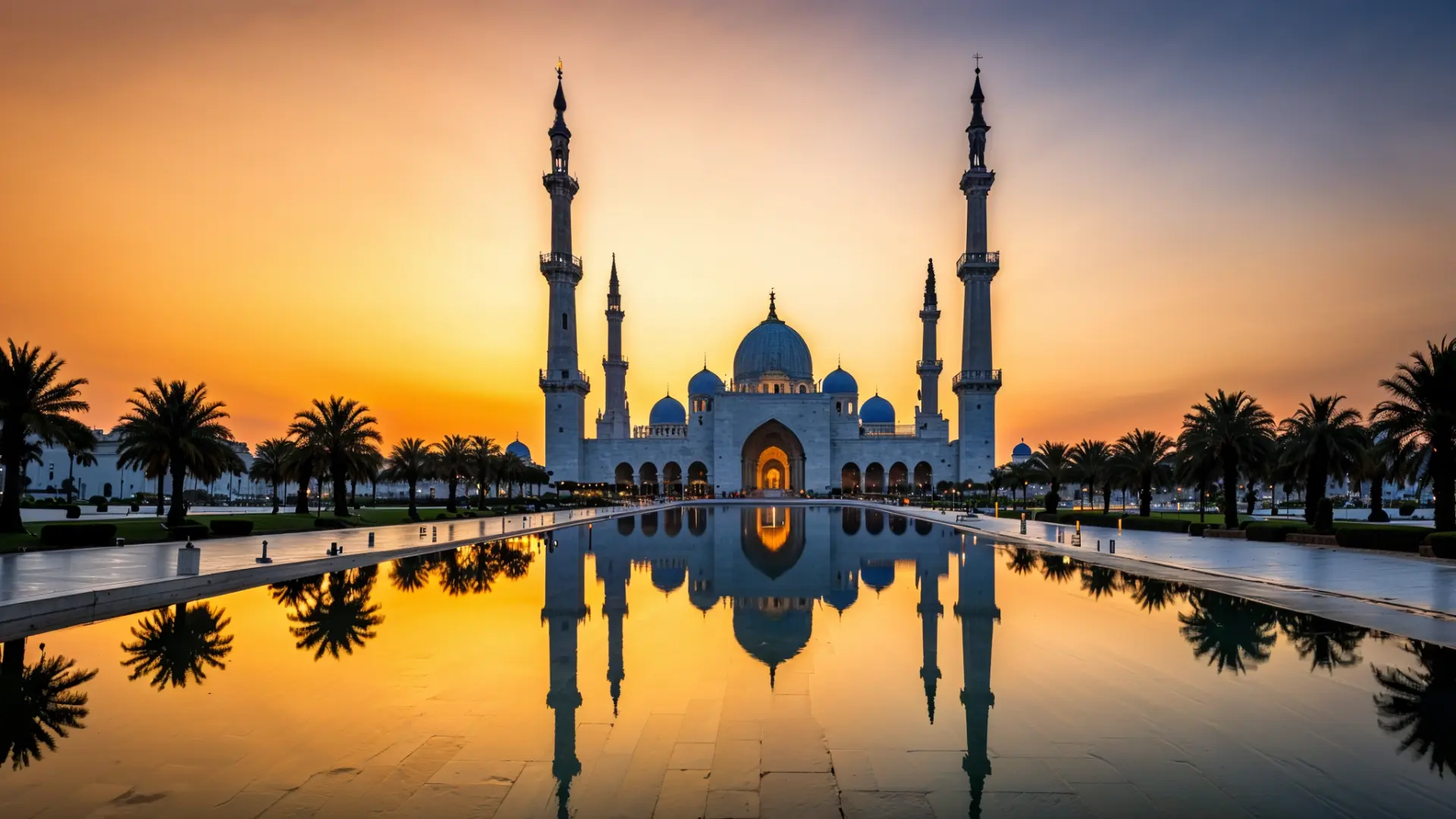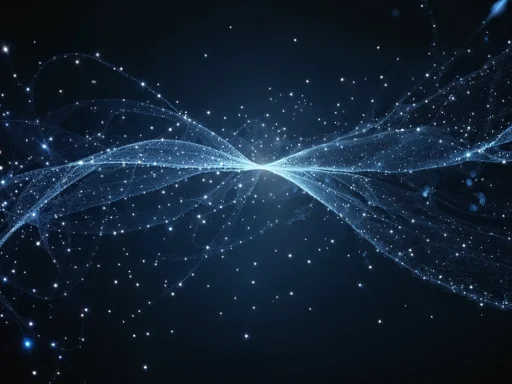Have you ever seen a picture that just grabbed your attention right away? You know, the kind you can’t stop looking at? You’ve probably wondered why some pictures do that to you and others don’t. It might have something to do with composition. We can generate images easily in seconds but creating images with perfect composition takes a bit of learning and practice. Even photographers can struggle to get it just right. We’ll try to give you a little help with this blog post. Let’s perfect our prompting techniques together.
In previous blog posts, we’ve explored basic prompting tips and then we’ve covered advanced prompting techniques. Now, we take another step towards mastering the art of prompting by learning composition—a technique used by professional photographers that can be applied in image generation as well. We’ll show you 10 essential composition types that will help you gain more precise control over your AI images.
Understanding Composition in AI Art
Don’t underestimate the power of composition; it’s a technique worth mastering. Just like in traditional photography, using the right composition can transform an average image into a masterpiece.
Think of composition as deciding what goes where in your picture. It’s the perfect way to create context, to tell a story, and to highlight the importance of the subject in an image.
Believe it or not, even ancient civilizations like the Egyptians and the Greeks used it. They wanted perfect symmetry and proportion in their art. Later, in the Renaissance period, artists like Leonardo da Vinci and Michelangelo took these concepts further with techniques like Golden Ratio and the Rule of Thirds.
Composition became important in every art form, and now it’s being infused into generative AI images as well. What’s more, AI makes it possible for artists to experiment with composition techniques quickly and easily. AI systems like Tengr.ai are trained to understand traditional composition rules, and apply them to create visually pleasing images.
While there are several types of compositions, we’ll focus on a few of the most fundamental ones. Let’s see them:
1. Rule of Thirds Composition
This is one of the most basic and well-known composition type, based on the idea that placing the subject off-center has a more natural look to it. Imagine dividing your image with two equally spaced vertical and two horizontal lines, thus forming a grid with nine equal sections. The Rule of Thirds says that placing your subject or key elements at the intersection of these lines or along them is best.
This composition creates a more interesting and visually engaging image than simply placing the subject in the center. Most cameras nowadays come with a preset grid like this to help you better compose your images. However, with Tengr.ai you just have to give the right instructions to achieve this effect.
Examples:
“Hot air balloon drifting over a patchwork of fields, early morning, (Rule of Thirds composition).“


“(Rule of Thirds composition), side-portrait of a beautiful woman standing in a field of sunflowers.“


2. Symmetrical Composition
As humans, we’re unconsciously drawn to symmetry and balance. Symmetrical compositions achieve this visual balance by arranging the elements equally on both sides of the image’s central axis. It’s like having an imaginary line in the middle and have the two sides reflect each other almost like a mirror image.
Consequently, this makes images balanced and orderly. One of the easiest ways to achieve symmetry in an image is by using reflective surfaces like water, or in the case of portraits, by centering the subject. Furthermore, symmetry is often used in architecture as well.
Examples:
“A quaint village at sunset, symmetrical composition.“

“Mystical forest pathway, mirror reflection, ethereal glow, symmetrical composition.“

“Ancient temple facade, perfect symmetry, ornate details, central doorway, intricate textures.“

3. Leading Lines Composition
This way of setting up the image helps guide people’s eyes towards the main part of the scene. It’s like giving directions in the image. For instance, if you want viewers to look at a certain area of the image, try adding railways, roads, rivers, pathways or other lines that lead right to it. Our eyes naturally follow lines and shapes, so use that trick to your advantage when writing prompts, to make your images more interesting.
Examples:
A painting with leading lines: “Railroad tracks disappearing into the horizon, autumn landscape, leading lines, autumn color vibe.“

“Long wooden pier stretching out into the sea, disappearing into the fog, a person standing towards the end of the pier, Leading lines composition.“

“Pathway through a hyper-realistic bamboo forest, leading to a hidden temple, fantasy, mystic, hyper-detailed, Leading lines composition.“

4. Circular Composition
Circular composition is a way of arranging the elements in a circular form in your picture. It gives the image a sense of movement. This technique helps guide the viewer’s eyes around the whole image. Moreover, artists and photographers like to use this circle idea because it suggests feelings of completeness and unity.
Examples:
“Mystical forest pathway, mirror reflection, ethereal glow, circular composition.“

“Macro shot of a dandelion seed head, seeds arranged in a perfect circular pattern, soft bokeh background, circular composition.“

5. Golden Ratio Composition
The Golden Ratio is nature’s way to make things look good. More specifically, it’s based on a mathematical number (approximately 1.618) that shows up in nature, architecture, and art. Think of it as the ideal proportion to divide images so that they look pleasing to our eyes. In the Rule of Thirds, the image is divided into nine equal parts, whereas in this case the middle part is narrower. Thus, it brings the main subject more towards the center.
Imagine cutting a line into two parts – one shorter, one longer. If the longer part is about 1.6 times the length of the shorter part, that’s the Golden Ratio.
Equally interesting is the Golden Spiral, which is based on the concept of Golden Ratio. It is like a snail’s shell, starting small and swirling out. It’s a guidance line for artists or photographers, making everything feel more natural and balanced. It’s a great trick to make pictures grab your attention in just the right way!


However, this idea isn’t new. Famous artists like Leonardo da Vinci and Salvador Dalí often used it. What’s more, even ancient Greeks used it in their art and buildings. They all wanted to create perfectly proportioned, balanced work.
Ultimately, the best way to explain it: our eyes are naturally drawn to this natural proportion. So, use this technique when generating images, maybe it will help you create something amazing. It might not always be as precise as you wish, but even professional photographers sometimes need to post-process their pictures to achieve the perfect composition.


Examples:
“(Golden Ratio composition), mountain cabin at sunrise, towering peaks, golden light.“

“Portrait composition using the golden ratio: subject’s eye at the focal point, hair swirling in a golden spiral.“

“(Golden Ratio composition), a lighthouse with a winding path leading up to it, framed by a dramatic sunset sky and ocean waves.“


6. Framing Composition
Framing uses elements from an existing scene to create a sort of natural frame around the subject. It’s a great trick to make your main subject stand out and it also tells a story. Think of it like looking through a window or between tree branches. They can be your frame. In fact, you can use elements like windows, tree branches, gates, archways, or cave entrances to create natural frames. This way of setting up an image makes people focus on what you want them to. So, next time you want to create an image and make your subject really in the focus, think of something you could add as a natural frame.
Examples:
“View of a cityscape through an arched stone window, ivy creeping along the edges.“

“Cave entrance framing a breathtaking view of a beach and ocean waves.“

7. Vertical or Horizontal Composition
One of the first decisions in composition is choosing between vertical or horizontal. This choice depends mostly on the subject’s orientation. Typically, portraits are vertical, and landscapes are horizontal, but it’s not a strict rule.
Most importantly, vertical compositions highlight height, perfect for tall subjects like skyscrapers or trees. They guide the viewer’s eye with vertical lines, adding structure and order.
On the other hand, horizontal compositions emphasize width, making it ideal for landscapes, distant horizons, seascapes, etc. They give images a sense of calmness and harmony.
Examples:
“Towering redwood forest, sunlight streaming through the canopy, tiny hiker at the base for scale, vertical composition.”

“Serene beach at sunset, long stretch of golden sand in the foreground, calm ocean with gentle waves, and a colorful sky spanning the width of the image.”

8. Negative Space Composition
Negative space is the ‘breathing room’ in a picture – it’s all the empty space around the main subject. When used right, it creates a powerful, minimalist aesthetic that draws all the attention to the subject. Examples of negative space include the sky, water, fog, a simple color, or any neutral background that takes up a big part of the image and leaves “breathing space” for the subject. Also, this technique gives a feeling of tranquility and mystery to the image. Negative space, despite it’s minimalism, can make an image more impactful.
Examples:
“Black bird perched on a bare branch, set against a pale, misty background,
black and white photograph.”

“Bird in flight against a vast, cloudless sky, (negative space), nature photography style.“

“Simple black coffee cup on a large white table, minimal shadows, negative space.“

9. Contrast Composition
Contrast in composition can be achieved by placing contrasting elements together in an image to create a stronger visual impact. For instance, contrasting colors, lights and shadows, textures, sizes, shapes, or even contrasting ideas. Using contrast adds dynamism and drama to an image. It is perfect for making your subject stand out.
Examples:
“Vibrant red poppy flower in a field of soft muted grass, black and white photograph, contrast composition.”

“Smooth, polished marble sphere resting on rough, weathered tree bark.”

“Delicate dandelion seeds floating against a backdrop of harsh, textured, heavily corroded rusted metal, contrast composition.”

“Tiny hummingbird hovering near a giant sunflower, contrast composition.”

“Chiaroscuro portrait, half of subject’s face in deep shadow, other half brightly lit, dramatic lighting, contrast composition.”



10. Patterns and Repetition Composition
Patterns and repetitions are interesting and can really grab one’s attention. That’s why photographers and other artists like to use them to create visually striking and engaging compositions. These repetitive patterns can be found everywhere around us, even in nature. Look around you – as soon as you start noticing them, you won’t be able to stop. Use them in your next prompt, and let’s see how Tengr.ai translates it into a stunning image. Look for examples like: close-ups of textures, plants, water drops on a glass surface, brick walls, repeating shapes, architectural elements, and many more.
Examples:
“Aerial view of colorful tulip fields, geometric patterns of different colored flowers stretching to the horizon.“

“Close-up of a peacock’s tail feathers, intricate patterns and iridescent colors repeating.”


Conclusion
In conclusion, whenever you want to create an eye-catching image, think about composition. Next time you’re generating an image with Tengr.ai, try adding composition to your text prompt. It can make a huge difference.
The composition types we’ve explored today are just a few of the many that exist. However, they require some practice. So, we encourage you to experiment and work towards mastering these techniques for stunning results.
Finally, please share your creations with other AI enthusiasts in our Facebook community group! It’s a great way for all of us to learn from each other.





Hi
I’m trying to familiarise myself with Tengr.ai prompting and have noticed that in some of your examples you use quotes to highlight an input and other times you use brackets, is there a specific difference?
Hi! Great question! I use quotes mainly to highlight that it’s a prompt—just a visual technique for the blog, so it doesn’t affect the prompt’s content. For emphasizing specific parts of the prompt, I use brackets to draw attention to key details I want to focus on. We also have a great article on using weights in Tengr.ai, here is the link for the article, maybe it will help you: https://blog.tengrai.com/docs/weights-in-tengrai-sharpen-your-creative-lens-with-attention-syntax/